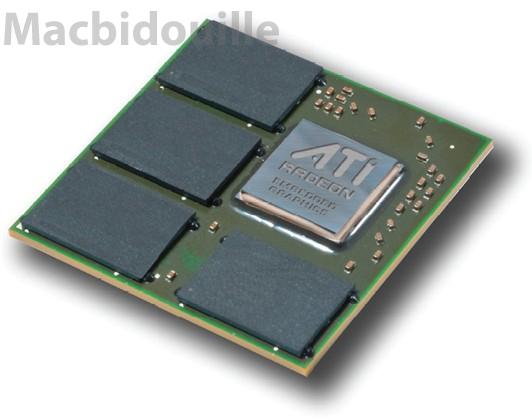DegustatoR
Legend
Maybe this one is better?Nice die shot, too bad the quality is too low to clearly see what is copy-pasted and what is not, and which blocks are the same ones but synthesized multiple times

I wonder if it's only two GPUs really with 230/240 and 250/260 using the same GPU but with half of TPCs in 230/240 case...
That would mean that 214/215 is still somewhere out there...



